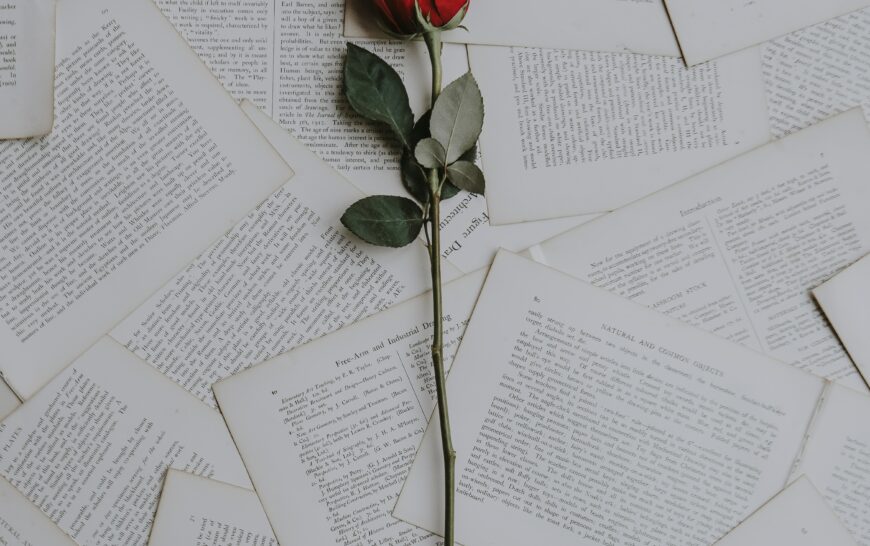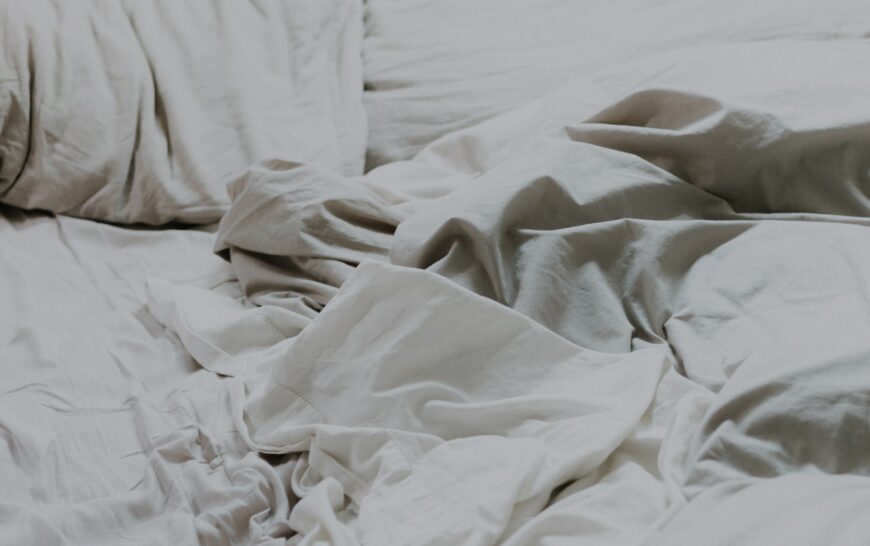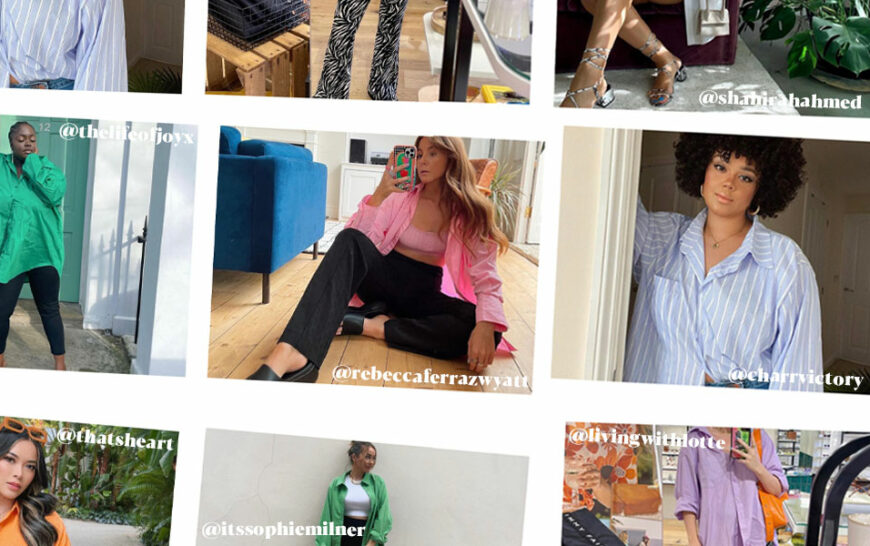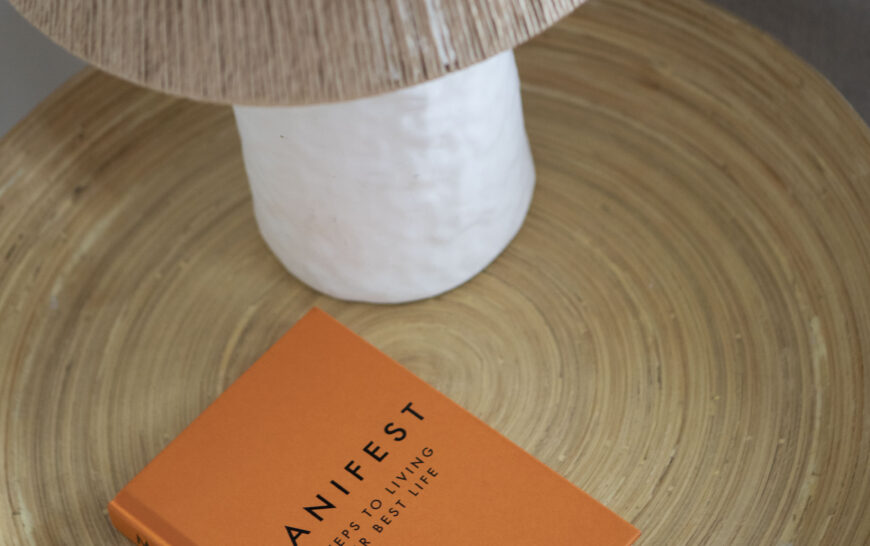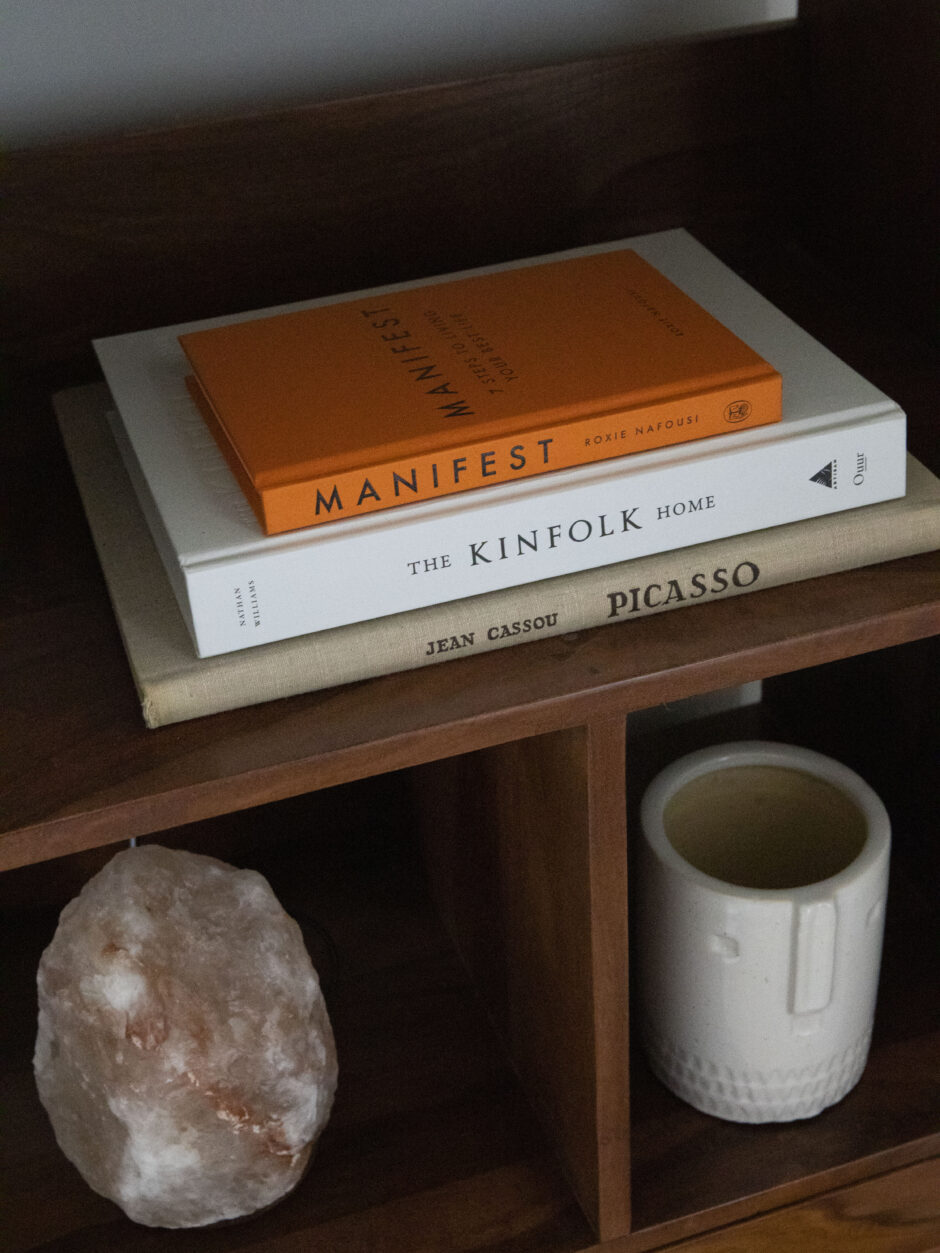
Murder on the Mountain! Amy McCulloch Chats to Us About her New Thriller Breathless
From the books waiting on her TBR pile to her writing process and mountainside epiphanies, we caught up with Amy to see how 2022 is treating her and what’s next on her bucket list of adrenalin-filled adventures and big bookish peaks, yet to climb...

Amy McCulloch is the co-author of the #1 YA bestselling novel The Magpie Society: One for Sorrow (alongside Zoella founder, Zoe Sugg), and has written seven solo novels for children and young adults. She’s also an outdoorsy force to be reckoned with.
When she’s not writing, she can be found travelling, hiking and mountaineering and in September 2019, she became the youngest Canadian woman to climb Mt Manaslu in Nepal – the world’s eighth highest mountain at 8,163m (26,781ft). If you’ve already finished Breathless for this month’s book club, you’ll know all about the perils of that particular summit!
Best known for her YA books, Breathless marks her debut into the world of adult thrillers in what is arguably her most daring fictional outing to date. Here, Amy combines her own experience climbing Mount Manaslu with a chilly and addictive murder mystery that’s sure to leave you recording frantic voice notes to your pals in the middle of the night, willing them to read it at once.
From the books waiting on her tbr pile to her writing process (she really can write anywhere) and mountainside epiphanies, we caught up with Amy to see how 2022 is treating her and what’s next on her bucket list of adrenalin-filled adventures and big bookish peaks, yet to climb…
Congratulations on the debut of your first adult fiction book! As your first venture into the genre, how different was the writing experience compared with that of writing children’s books and YA?
Thank you! I didn’t find the writing experience that different, as young adult books are similar in length to adult novels and just as rich and complex! But it was nerve-wracking branching out into the very crowded Crime/Thriller market and I knew that avid readers of crime expect gripping books with twists that really deliver – I focused a lot on trying to get it right (I hope I did!)
How much of your personal mountain-climbing experience makes it into the book? Have you ever had a near death experience whilst mountaineering?!
I brought a lot of my personal experience to the mountain – I was taking a lot of notes while I was climbing and even sat down to write in the Death Zone! I was lucky though to have a much smoother expedition than Cecily, but that doesn’t mean it didn’t have its dangers. Like many mountaineers, I discovered that the most dangerous part of any climb is the way down. After making the summit, I was thrilled – but also exhausted, having climbed throughout the night. On the way down, I was on my own (my Sherpa had been called off to help with a rescue), tired, keen to get to base camp quickly and… I slipped. I wasn’t able to stop myself using any of the self-arrest techniques I had practiced. I was tumbling out of control. Thank god, I had remembered to clip into the safety line. Eventually the line caught and I was able to come to a stop. It was a huge lesson in respecting the mountain – just because I’d made the summit, didn’t mean I was safe yet.
We have to ask, is Charles’ character based on Nirmal Purja?
While Charles is attempting to break a world record like Nims, that’s where the character similarities stop! I based Charles more on the famous white male mountaineers – people like Reinhold Messner and Ueli Steck – who have climbed these massive peaks. Breathless isn’t semi-autobiographical as it is most definitely fiction, but of course, I drew from my own experience. Climbing with Nims on Project Possible for his #14Peaks challenge was great – it felt like I was at the forefront of mountaineering history. He’s highly motivating as a leader, and helped to pull me out of some real down moments at camp where I wasn’t sure if I could continue. At the time I signed up to climb with him on Aconcagua in 2018, I didn’t know what a global superstar he would turn out to be – but it was obvious from being on his team that he operates at an extremely high level, while also being a lot of fun, and that was inspiring.
We know from talking to you about The Magpie Society that you love writing the dark and gritty stuff. Have you always wanted to write a high-stakes adult thriller and when did the jumping-off point for Breathless first come to you?
To be honest, I thought I would always write for children and young adults. It wasn’t until I got to the base camp that I realised the setting was perfect for an adult thriller. The isolation of the camp, the danger of the mountain, plus a whole camp full of strangers – it seemed made for a scary, thrilling story. But it would be difficult for those characters to be teenagers, so I decided to have a go at writing my first book for adults!

The mountain feels like a main character in the book. You nailed the atmosphere! What came to you first, the murder mystery element or the remote snowbound setting?
Oh, definitely the setting! I had no idea about the plot when I was on the mountain – that all came after. But I did a lot of journaling, recording my own personal experience on the mountain, so I could bring that to the novel. The murder mystery I came up with during lockdown.
How was the research side of things for the book? You already have heaps of experience and personal material to draw on but was there anything you had to do your homework on to make for an authentic and accurate story?
A lot! Even though I have experience with mountaineering, I’m still only one point of view. I wanted to make the whole thing feel real, so I did a lot of research while building up the back story of each character. I also read up on my mountaineering history and literature, especially controversies in mountain records. So reading accounts by people like Reinhold Messner, Jon Krakauer and Bonita Norris was fascinating.
How long did it take you to write it?
It took me about five months in total to write once I knuckled down to it!
*Team Zoella fall off their chairs in admiration at this point*
It sounds like you’ve really got summit fever. Do you have any other challenges on your bucket list you want to tick off, mountaineering or otherwise?
Because of lockdown, I’ve shifted my goals a bit closer to home – though I did manage to get out to the Alps to climb Mont Blanc. My next “summit” is actually to complete an ultra marathon – as I’m writing this, I’m preparing to set off for the Marathon des Sables, a 250km ultra marathon through the Sahara desert. By the time this has been posted, I may have completed it … or maybe not!
What’s your writing process like? Are you a meticulous plotter or more of a pantser?
I’m mostly a pantser. I do generally have an idea of where I want the plot to go, especially the ending, but otherwise I let the characters lead. I didn’t even know who the killer was until I got to that bit of the writing process!
What was it about the Death Zone that you found particularly inspiring when you were writing?
I think it’s because it’s one of the few places on Earth where life isn’t sustainable – every second you spend in the Death Zone, your body is breaking down. I wanted to try to translate that experience to the page, because it’s naturally thrilling and terrifying. Yet it’s also one of the most beautiful places I have ever been. Watching the sunset slowly illuminate the world, turning marshmallow clouds pink, orange and purple, as the tips of gigantic mountains lit up – beneath me – was incredible. I know it’s a rare privilege to get to see that, and it doesn’t get more inspirational than that.
In September 2019, you became the youngest Canadian woman to climb Mt Manaslu in Nepal. What an achievement! As the world’s eighth highest peak, that’s no mean feat – when did you decide you had to climb Manaslu and complete the challenge?
Thank you so much! I actually was asked to climb Manaslu by Nims Dai (Nirmal Purja, mentioned above), as part of his Project Possible team. It felt like the chance to witness mountaineering history unfold in front of my eyes, and so it felt like an unmissable opportunity. I had no real expectation that I would reach the summit myself – I wanted to give it my best shot, but it seemed like something way out of my mountaineering league! But under the guidance of Nims and Mingma David (the other expedition leader), I made it – showing me that I was more capable than I ever could have imagined.
What’s been the most random thought, moment of clarity or epiphany you’ve had whilst up a mountain?
There’s a phrase that I actually put in the book: “Be Bothered”. It was one of my mantras on the mountain. I had to be bothered to fix issues the moment they arose – if I felt thirsty, I took a drink; if I had a wrinkle in my sock, I stopped to smooth it out before it could become a blister; I was always bothered to clip into the safety line even when I couldn’t see any danger. Remembering to do all the little things kept me alive on the mountain, but when you’re so tired and drained, it can feel like a chore. I feel like it’s something I’ve applied to my non-mountaineering life too. It’s been good practice to always try and be bothered, to check in with myself and with the people I care about. You never know when it could save a life.


Cecily Wong, the main character in Breathless, struggles with imposter syndrome. How do you deal with moments of doubt and feelings of inadequacy in your career? Writing and getting published can be a real journey can’t it?
It really can. That’s definitely something I’ve faced in my own career and on the mountain too. I think two things really help: one is remembering that it’s totally normal to feel like an imposter when you’re striving to reach new heights (literally or metaphorically!). It means you’re challenging yourself. And secondly, I really find it helps me to keep a list of things I’ve accomplished that I’m proud of. It doesn’t have to be big things – like reaching the summit or getting a publishing deal. It can be small too. Like a great comment on the manuscript from a beta reader, or reaching the next camp on the mountain. It’s so easy to let the negative thoughts dominate, that it can help me to have a physical reminder of the good things I’ve done too.
How do you combat writer’s block? The physical onward push of a climb makes for quite a nice metaphor for writing, actually. How much do your two greatest passions complement one another?
If there’s one thing mountaineering and writing have in common, it’s resilience! If you watch my video The Story Behind Breathless, I talk a lot about how the two pursuits complement each other. There are no shortcuts in writing – to be honest, to combat writer’s block, I have to tell myself that the only way forward is to get my butt in that chair and try to write. The muse works for me, not the other way around! But if it’s really not happening, then I don’t worry too much about writing in chronological order. I try to write a scene that I’m excited about. Anything that gets me back in the writing mood and a few hundred words toward my goal!

What’s the best writing advice you’ve ever had?
Read, read, read! And not just the classics of the genre. If you want to write YA, it’s no good to just read Twilight and the Hunger Games, you have to read what’s out there right now – the debut novelists, the best sellers, the under the radar hits – so you can see where your writing fits in the market.
What’s on your TBR pile right now?
Since I’ve been so busy training for the Marathon des Sables, I’ve barely had any time to read! But top of my teetering TBR pile are some brilliant crime/thrillers like Deep Water by Emma Bamford and A Stranger on Board by Cameron Ward. On the YA side, I’m really looking forward to reading Twin Crowns by Katherine Webber and Catherine Doyle!
A book you can’t wait to read in 2022…
I loved The Sanatorium by Sarah Pearse so I can’t wait to read her second novel, The Retreat!


























